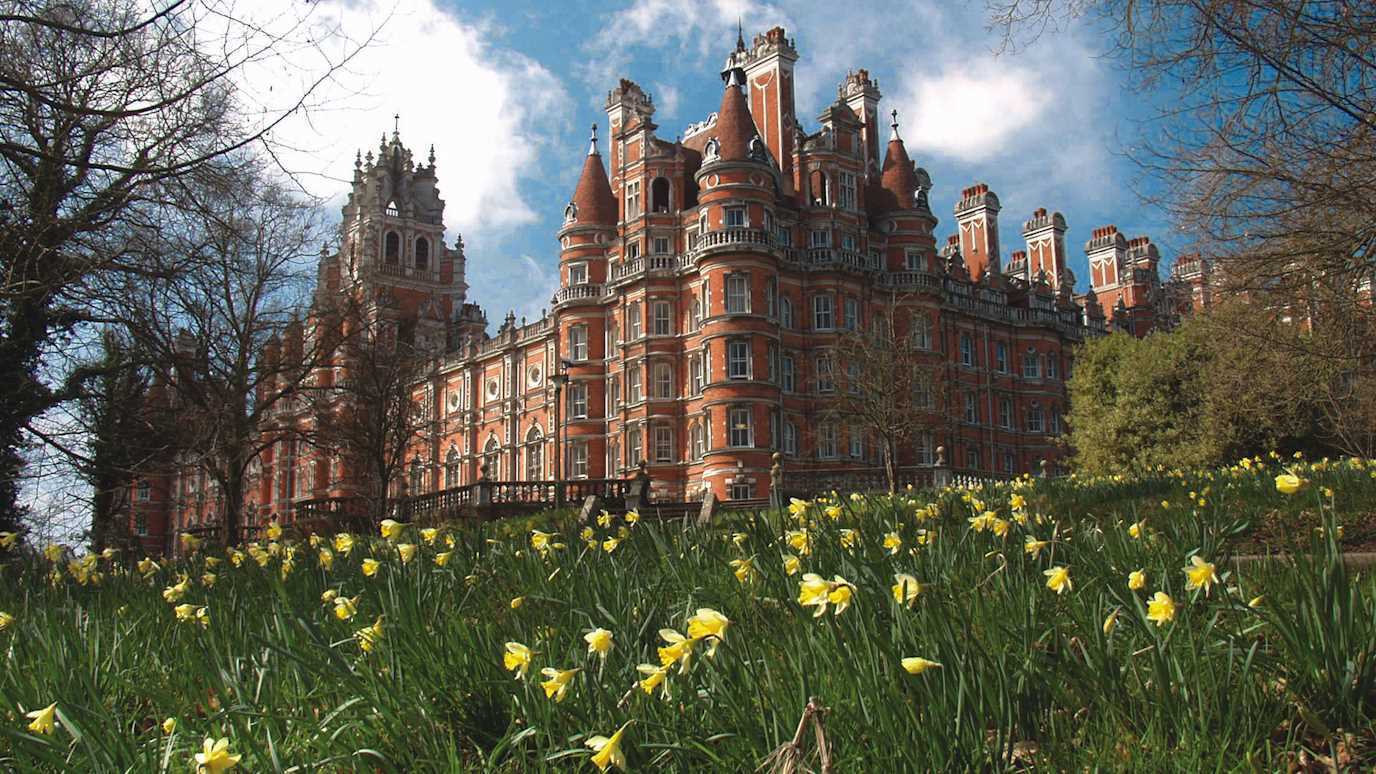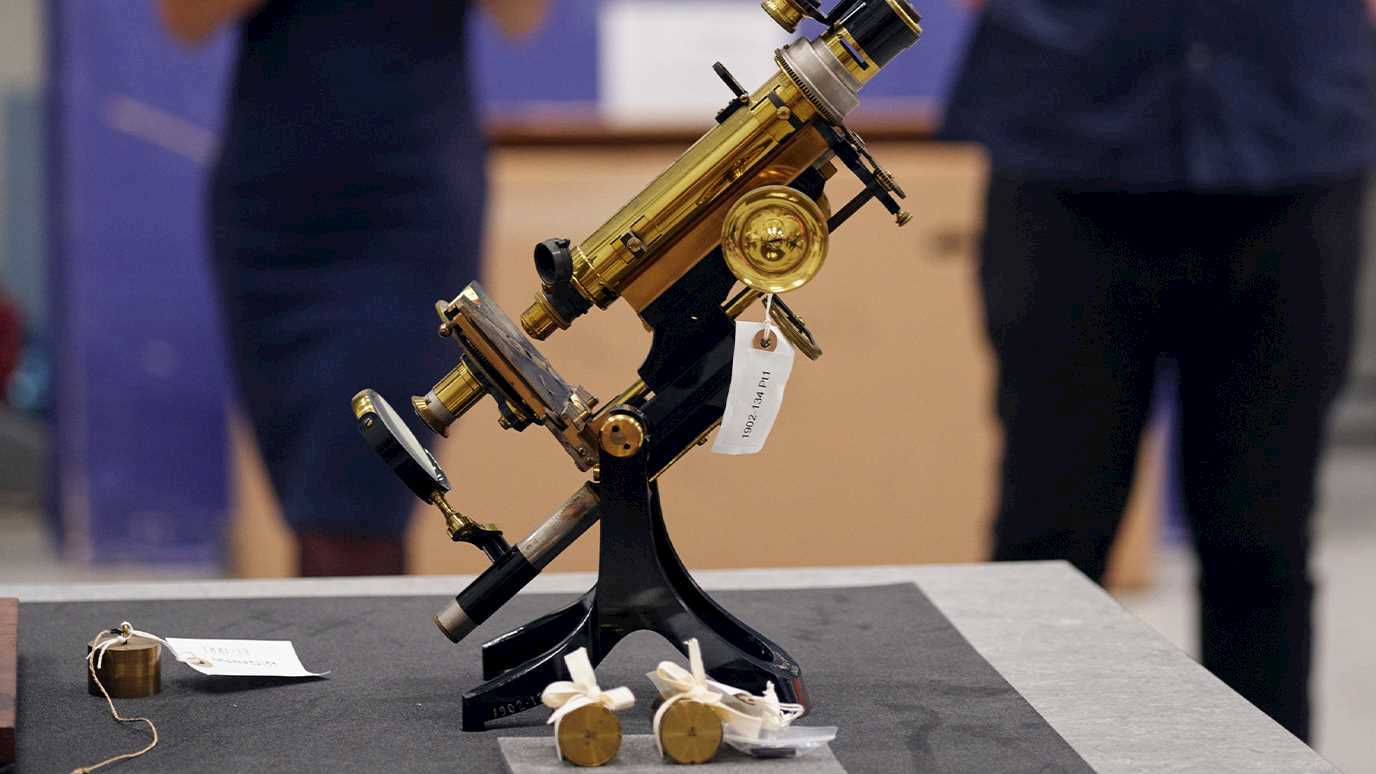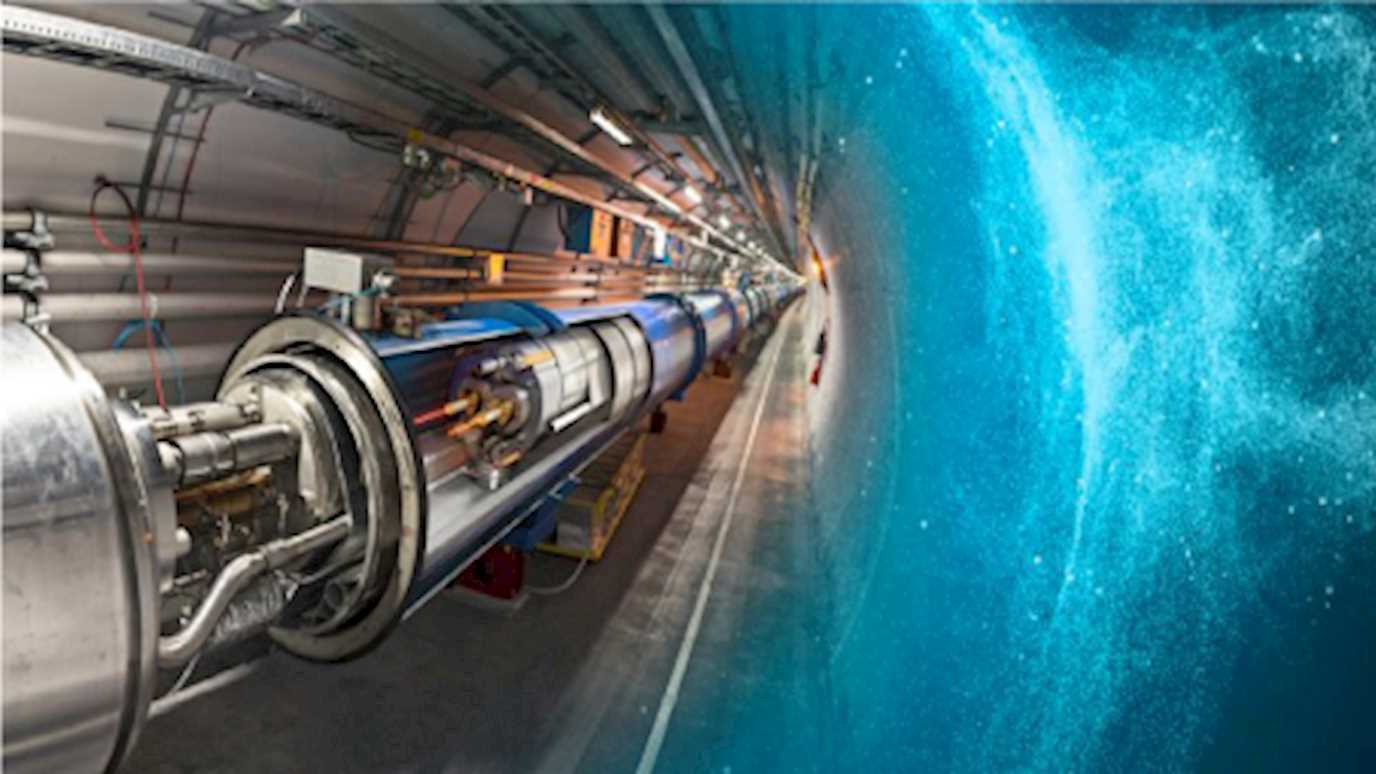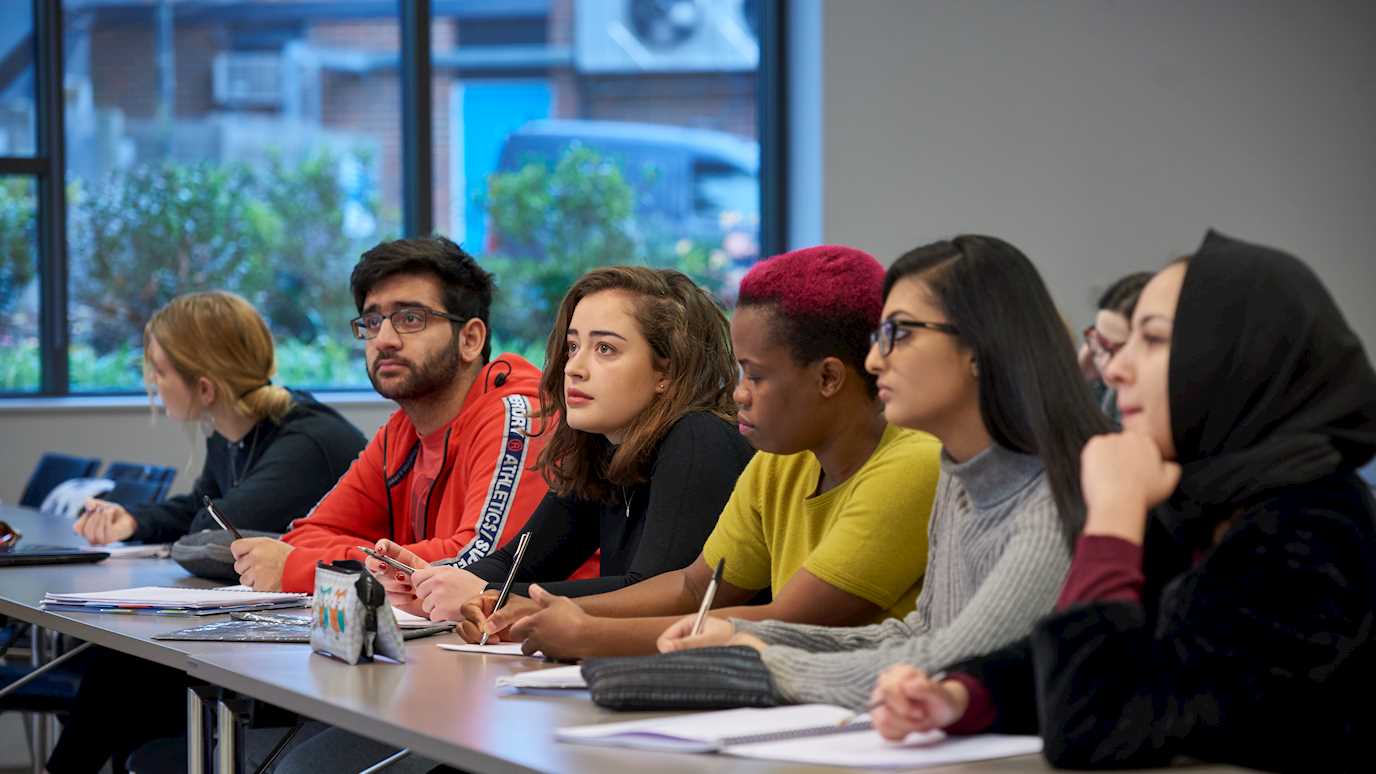A team of academics from Royal Holloway were part of a collaborative project with the Science Museum Group and the Scottish Sensory Centre at the University of Edinburgh to co-create new British Sign Language (BSL) terms for scientific vocabulary.
As science develops, new terms are created, and it’s important that corresponding BSL signs are introduced to keep science inclusive. The absence of a broad enough sign language vocabulary has previously left deaf people struggling to enter scientific conversations, either as students or educators.
Finger-spelling – the method by which signers communicate words for which there is no specific sign – is slow and can be imprecise, particularly when dealing with long scientific terms.
The Royal Holloway academics involved in the workshop included Dr Tracey Berry, from the Department of Physics, Professor Martin King, Dr Christina Manning, and Dr Ian Watkinson, all from the Department of Earth Sciences.
Together with colleagues from the Science Museum Group and Scottish Sensory Centre they imagined, developed and ran a first-of-its-kind, workshop bringing together academics and sign linguists at the Science and Innovation Park in Wiltshire, which is home to much of the Science Museum Group Collection – an internationally significant collection of 7.3 million items related to science, technology, engineering and medicine. As the academics and sign language experts worked on developing new signs inspired by the historic objects explored in the workshop, the process was filmed throughout the day.
The Royal Holloway academics and partners at the Science Museum selected the topical area of climate change/geophysics to serve as the focus of the workshop, exploring six objects from the Science Museum Group’s extensive collection. During the day, the three groups co-educated each other about the objects, sign language and geophysics behind the technical terms.
The workshop was a wholly collaborative, co-creative process, and demonstrated the importance of diversity within a team when developing new terms.
The film created from the video footage of the workshop is available to view here and the new signs developed by the team, including signs for “earthquake”, “earthquake focus”, “polariser”, “petrographical microscope” and “ozone spectrograph”, are available on the SCC website.
Dr Christina Manning, from the Department of Earth Sciences said: “I take for granted that I have the vocabulary to engage in scientific discussion, so it was an amazing opportunity to be involved in a project to make this specialised vocabulary accessible to the deaf community.
“Earth Sciences has a lot of terms, and these are often for dynamic, three-dimensional processes. This meant we could take advantage of the multipart, fluid signs used in BSL to really get the meaning of the term across.
“Generating a sign that could be easily understood and learnt by others made you consider what the important concepts of the term were and highlighted how much information is embedded in each BSL sign.”
Professor Martin King, from the Department of Earth Sciences, added: “The fusion of the people and objects from the Science Museum Group, the sign language experts and the scientists made this one of the most rewarding, instructive and fascinating activities, and I could only encourage others to contribute.
“There was a real thrill in helping sign language experts develop a sign for a critical important scientific instrument I have used and is still used today to monitor the Earth’s ozone layer, while standing in front of inventor’s original machine.”
Fiona Slater, Head of Access and Equity at the Science Museum Group said: “What’s really exciting is how the conversations about new signs were sparked by exploring an object and the use of that object. It had such an impact on the hand shapes used and the gestures. I am so pleased that following the visit to see the Science Museum Group Collection several signs have been adopted and become part of the lexicon that will go on to expand people’s knowledge.”
Dr Tracey Berry, from the Department of Physics concluded: “It’s important that science and education is accessible to all. Royal Holloway was indeed founded to educate women, an underrepresented group in sciences, and the founding deeds state we should do so in modern ways. We continue to keep up this tradition of opening up science to all in modern, inclusive and interesting ways.”
The Science Museum Group has shared more about the new BSL signs and the process behind their creation in a recent blog post.


























